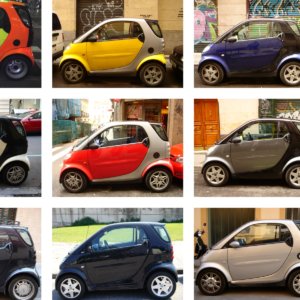How to Manage Too Many Good Choices
Research shows that if you face information overload, psychological distancing can be helpful.
Topics
Information overload is a fact of modern life, making many common decisions (such as choosing a cellphone plan) unbearably confusing. Although choice offers options to consumers, too many choices or too many features per choice can cause people to delay decisions or make less-than-optimal choices.
But recent research into how individuals process information offers some promising suggestions for dealing with information overload.
The key may involve “psychological distancing” — removing oneself from the morass of details surrounding a decision and considering the choices on a more abstract level.
As authors Jun Fukukura, Melissa J. Ferguson and Kentaro Fujita explain in their 2013 article “Psychological Distance Can Improve Decision Making Under Information Overload via Gist Memory,” in the Journal of Experimental Psychology: General, such distancing (which can be either temporal or physical) can help people to filter out the less-vital details and enable them to focus on the gist of the matter.
The authors tested several aspects of how psychological distance influences decision making. In one study, they asked some participants, who were students from Cornell University in Ithaca, New York, to write about a car they would buy next year, and others to write about a car they would buy tomorrow. (A control group was not given a writing task.) Participants were then given information to read about 48 individual features (such as mileage, handling, year and trunk capacity) of four different cars — twelve features per car — and had only seven seconds to absorb each piece of information before the next piece appeared on a computer screen. Participants were then asked to choose the car they thought was best.
Those who had written about the future before receiving information chose the best car (the one whose features were considered most important to people in an earlier pilot) significantly more often than participants who had written about a near-term purchase (69% vs. 40%) or those in the control group (39%).

